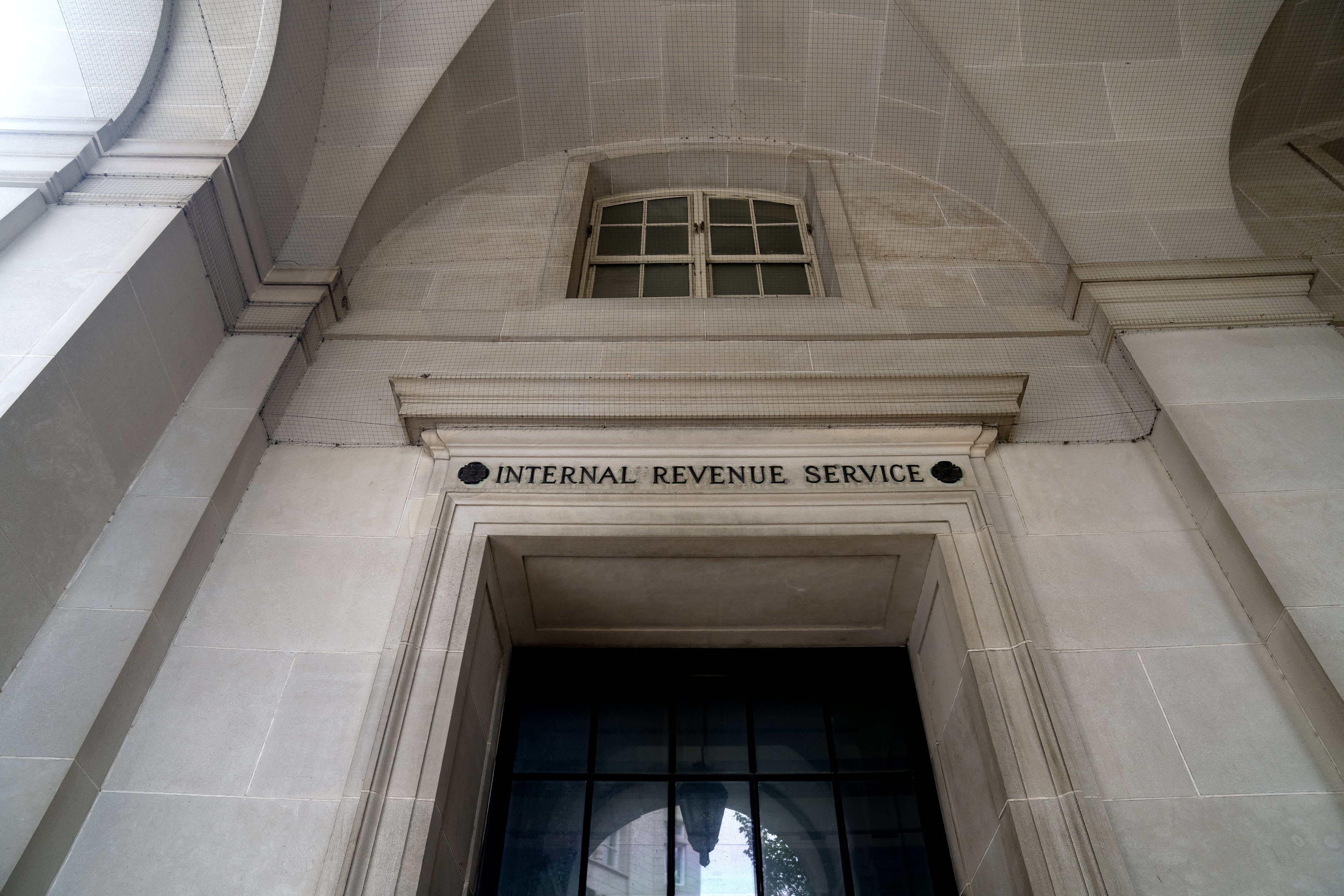The IRS began issuing another 1.5 million tax refunds this week to people who received unemployment benefits in 2020. That adds to the nearly 9 million refunds, worth about $10 billion, the agency sent since May.
Funds delivered by direct deposit this week started hitting bank accounts on Wednesday, and paper checks were mailed beginning Friday. The average refund is $1,686.
But those who got a refund, and also continued to collect unemployment benefits in 2021, shouldn’t expect a similar break on their federal taxes next filing season, according to financial experts.
Jobless benefits are generally treated as taxable income, but federal lawmakers waived tax on a portion of benefits received in 2020, after the Covid-19 pandemic led an unprecedented number of people to tap the unemployment system.
More from Personal Finance:
What to know about applying for federal rental assistance
Delays for unemployment benefits persist, over a year into pandemic
Another wave of students may opt out of college this fall
The economic situation is such that lawmakers may not feel compelled to offer the same tax assistance next year. More than 13 million Americans were receiving benefits as of mid-July, according to the Labor Department.
“That provision came up in a year when we had record levels of unemployment,” Janet Holtzblatt, a senior fellow at the Urban-Brookings Tax Policy Center, has told CNBC. “Fortunately, the economy has improved, which really reduces the probability it would be extended.”
The American Rescue Plan, which President Joe Biden signed in March, excluded up to $10,200 of unemployment benefits collected in 2020 from federal income tax, per person. (Only those with less than $150,000 in income were eligible.) Some states followed with their own tax breaks.
However, these tax waivers came after millions of people had already filed their annual tax returns. The IRS is now refunding any tax overpayment that may have occurred as a result.
The agency has since sent over 8.7 million unemployment compensation refunds. The funds issued this week represent the fourth round of payments. The IRS will continue reviewing and adjusting tax returns in this category this summer.
The Century Foundation estimates about 40 million people collected jobless aid last year. Some would have gotten a bigger tax bill, or a surprise one, for 2020 without the partial federal tax break.
That’s because states, which administer unemployment benefits, are supposed to offer recipients the option to withhold 10% of benefits to cover part or all their tax liability. But cash-strapped jobless workers, many of them new to the unemployment system, may not have elected to withhold.
Last year, there were so many people unemployed for the first time in their lives.Janet Holtzblattsenior fellow at the Urban-Brookings Tax Policy Center
Some states also didn’t offer the option to workers for certain pandemic-era unemployment programs, according to The Century Foundation.
As a result, fewer than 40% of unemployment payments last year had taxes withheld, the group projected.
“Last year, there were so many people unemployed for the first time in their lives,” Holtzblatt said. “They were really caught up with this big surprise at the end of the year.”
Steps to take
There are steps that those getting unemployment pay can take to prepare for a potentially hefty bill during tax season in early 2022.
For one, recipients should elect to have the 10% tax withheld if they can afford to, Andrew Stettner, a senior fellow at The Century Foundation, has told CNBC.
They may complete Form W-4V, Voluntary Withholding Request and give it to the state agency paying benefits, according to the IRS.
“If you can’t afford it, at least have in your mind that when you go back to work you need to save for it,” Stettner said.
However, even a 10% withholding rate may not be high enough to fully cover taxes, depending on one’s income and other factors.
Recipients who haven’t had taxes pulled from benefits or believe they’ve been underpaying may opt to make quarterly estimated tax payments, according to the IRS.
Families who started getting advance payments of the child tax credit — up to $300 a month per child — in July may also set aside some of those funds, he said.
“I don’t think it’s a done deal,” Stettner said, of not having another tax break. “People should always prepare for the worst-case scenario instead of the best case.”
